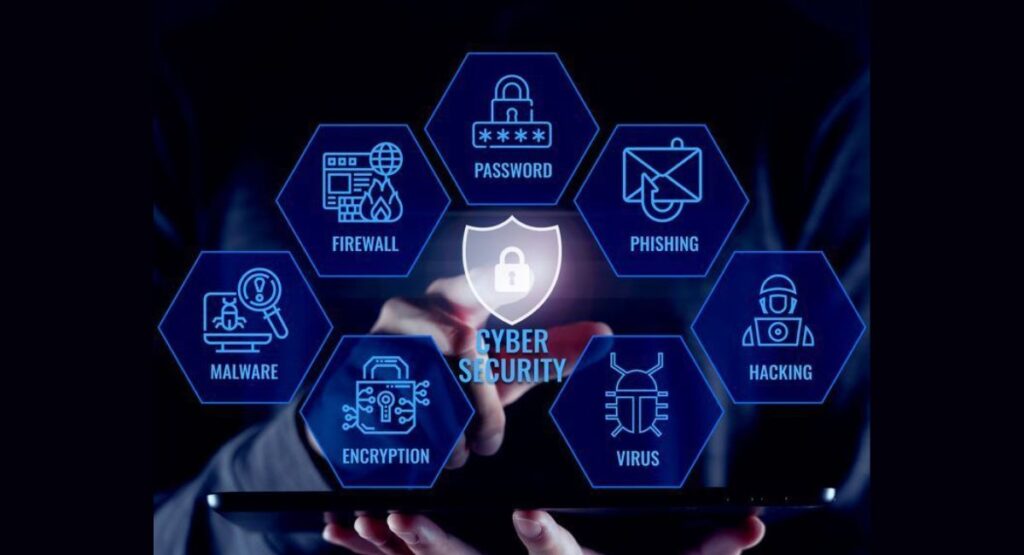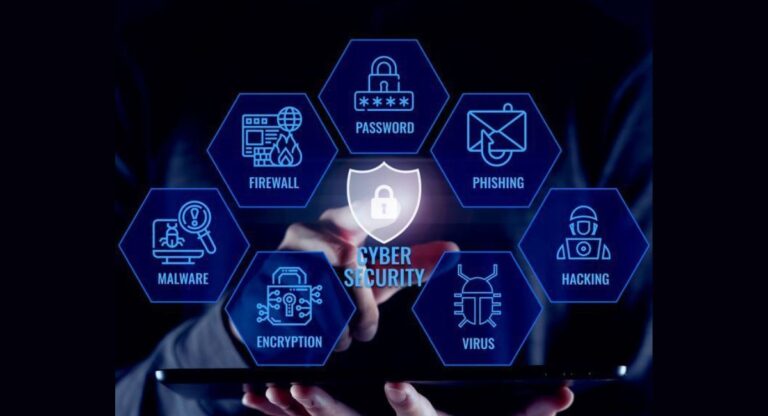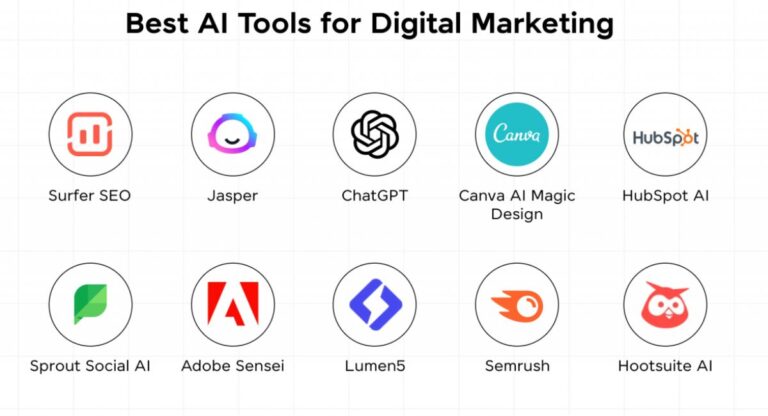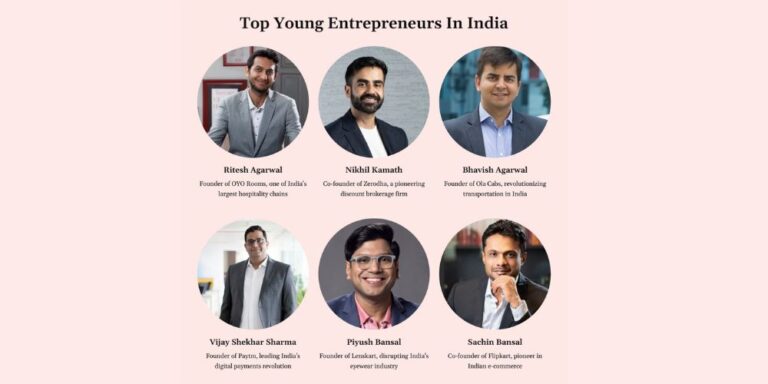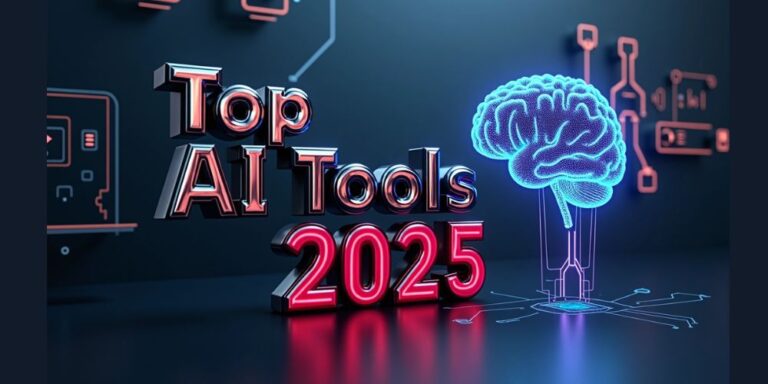Cybersecurity trends 2025 are shaping how organizations and individuals protect digital assets in an increasingly connected world. With new technologies and AI-powered tools emerging, staying ahead of evolving threats is more critical than ever. Businesses need to adopt proactive strategies to prevent attacks rather than simply reacting to breaches. Understanding these trends ensures resilience and long-term digital safety.
The focus of cybersecurity trends 2025 extends beyond technology; it also includes strategy, human behavior, and regulatory compliance. Organizations are heavily investing in AI-driven defenses and cloud security measures. By following these trends, companies can mitigate risks, maintain trust, and ensure continuity in a rapidly changing threat landscape.
READ MORE : Top AI Tools 2025: Top Picks Everyone Should Know
Importance of Cybersecurity in 2025
Cybersecurity in 2025 is essential for protecting sensitive data and maintaining trust with customers and partners. Companies that fail to adapt risk financial loss, legal penalties, and reputational damage. AI-powered attacks and cloud vulnerabilities are becoming standard challenges for businesses globally.
- Protects sensitive data: Advanced cyberattacks are targeting customer and business information; robust cybersecurity ensures data remains secure.
- Supports compliance: Regulations like GDPR and CCPA require strict data protection; strong cybersecurity helps businesses avoid fines and legal issues.
- Ensures business continuity: Cyberattacks can disrupt operations; proactive security strategies minimize downtime and operational losses.
- Enhances trust and reputation: Customers and partners prefer working with organizations that demonstrate strong cybersecurity practices.
Rising AI-Driven Attacks, Cloud Risks, and Global Threats
The most notable cybersecurity trends 2025 include AI-driven attacks, cloud security challenges, and evolving global threats. Attackers are increasingly leveraging AI to automate and scale attacks, while cloud adoption introduces new vulnerabilities. Organizations worldwide must respond strategically to prevent data breaches and service disruptions.
- AI-driven attacks: Hackers are using machine learning to bypass traditional security measures, create convincing phishing campaigns, and exploit vulnerabilities faster than ever.
- Cloud security risks: Misconfigured cloud storage, insecure APIs, and insufficient access controls leave sensitive data exposed to attackers.
- Global online threats: Ransomware, supply chain attacks, and IoT vulnerabilities are on the rise, impacting businesses across regions and industries.
- Strategic defense: Organizations must implement AI-enhanced monitoring, regular audits, and region-specific threat mitigation strategies to stay protected.
Top Cybersecurity Trends 2025
Cybersecurity trends 2025 are evolving at a rapid pace, driven by the rise of AI, cloud computing, and increasingly sophisticated cyber threats. Organizations must stay aware of these top trends to protect sensitive data, maintain compliance, and reduce operational risk. Key trends include AI-driven attacks, cloud security challenges, and emerging online threats targeting businesses globally.
AI-Driven Attacks and Defenses
AI-driven attacks are becoming more sophisticated and automated, making traditional security measures less effective. Hackers now use artificial intelligence to generate deepfake content, automate malware distribution, and craft highly convincing phishing campaigns. These attacks can bypass conventional filters and reach victims at scale, increasing the likelihood of data breaches and financial loss.
- Deepfake threats: AI-generated videos or audio impersonations can trick employees into revealing sensitive information or transferring funds.
- Malware automation: AI allows malware to adapt dynamically, evade detection, and spread faster across networks.
- AI in defense: Real-time monitoring and predictive algorithms detect threats early, reducing breach impact.
- Anomaly detection: AI identifies unusual user behavior, unusual data access, or suspicious network activity, improving incident response speed.
READ MORE : Beyond Attention Spans: Nikhil Kamath on Why Social Media Is Losing Curiosity and Trust
AI in Cybersecurity – Attacks vs. Defenses
| AI Cyber Threats | AI Defense Solutions | Impact Level |
| Automated Phishing | AI Email Filters | High |
| Deepfake Scams | AI Verification Tools | Medium |
| Malware Mutation | AI Threat Monitoring | High |
Cloud Security Challenges in 2025
As cloud adoption continues to accelerate in 2025, businesses are migrating critical workloads and sensitive data to cloud platforms. While this shift offers scalability and efficiency, it also introduces new cybersecurity challenges. Misconfigurations, insecure APIs, and insider threats have become major risks that organizations must address proactively.
- Misconfigured storage: Cloud storage misconfigurations can expose sensitive company and customer data to attackers if not properly managed.
- Insider threats: Employees or contractors with excessive access privileges can misuse data or inadvertently create vulnerabilities.
- API vulnerabilities: Insecure APIs provide attackers with entry points to exploit cloud services, making them a critical focus for cloud security.
- Preventive strategies: Regular audits, strict access control policies, and penetration testing can significantly reduce the likelihood of successful attacks.
Top Cloud Security Risks in 2025
| Cloud Risk | Description | Mitigation Strategy |
| Misconfigured Storage | Data exposure | Automated audits |
| Insider Threats | Employee access misuse | Access control policies |
| API Vulnerabilities | Exploitation of cloud APIs | Regular penetration tests |
READ MORE : How Elon Musk Built Tesla, SpaceX, and Neuralink: A Deep Dive into His Empire
Emerging Online Threats
Cybersecurity trends 2025 show that emerging online threats are becoming more targeted and complex. Ransomware attacks are increasingly encrypting critical business data, causing operational disruption and financial loss. IoT devices, widely adopted in homes and businesses, are vulnerable to hijacking if security measures are not implemented. Supply chain attacks exploit weaknesses in software providers, affecting multiple organizations simultaneously.
- Ransomware: Attackers encrypt corporate data and demand ransom, disrupting business operations and threatening sensitive information.
- IoT vulnerabilities: Connected devices can be hijacked to access networks or launch large-scale attacks if not properly secured.
- Supply chain attacks: Compromised software providers or third-party vendors can create security gaps across multiple organizations.
- Strategic defenses: Regular monitoring, employee awareness, and robust incident response plans are crucial to mitigate these risks.
Emerging Online Threats in 2025
| Threat Type | Example | Prevention Techniques |
| Ransomware | Encrypting corporate databases | Backup & recovery plans |
| IoT Exploits | Smart devices hijacked | Device authentication & patching |
| Supply Chain Attacks | Software provider breaches | Vendor risk assessments |
Numbered List of Precautions:
- Regular system updates: Keep operating systems, applications, and IoT devices updated to close security gaps.
- Employee cybersecurity training: Educate staff to recognize phishing, social engineering, and other common attack methods.
- Multi-factor authentication (MFA): Add an extra layer of security for accounts and sensitive systems to prevent unauthorized access.
READ MORE : Bill Gates Biography 2025: How One Man’s Vision Built Microsoft and Transformed Humanity
Regional Cybersecurity Trends 2025
Cybersecurity trends in 2025 differ across regions due to varying levels of technology adoption, regulatory frameworks, and cyber threat landscapes. Understanding these regional trends allows organizations to implement strategies tailored to local risks while ensuring compliance and resilience.
North America: Cloud and AI Security Adoption
North America is leading in the adoption of cloud technologies and AI-driven cybersecurity solutions. Organizations are increasingly relying on AI to detect threats faster and respond automatically, while cloud services continue to host critical workloads.
- Proactive threat detection: AI tools monitor network activity and detect anomalies before attacks cause harm.
- Cloud-first strategies: Businesses moving to the cloud prioritize securing data and applications against misconfigurations and breaches.
- Integrated solutions: Combining AI with cloud security allows organizations to strengthen defenses while improving operational efficiency.
Europe: GDPR Compliance and Privacy-Focused Solutions
European organizations are heavily influenced by GDPR and other privacy regulations, making data protection a top priority. Security strategies focus on maintaining compliance while protecting sensitive customer and business information.
- Regulatory compliance: GDPR requires strict controls over data storage, processing, and access.
- Privacy-first security: Encryption, access controls, and secure data handling reduce the risk of breaches.
- Operational impact: Organizations balance robust security with smooth business operations to maintain trust and efficiency.
Asia-Pacific: Rapid Digitization and Cybercrime Rise
Asia-Pacific is undergoing rapid digital transformation across industries and government services, which increases exposure to cyber threats. The region faces rising cybercrime incidents such as ransomware and phishing attacks, requiring stronger cybersecurity frameworks.
- Increased attack surface: Rapid adoption of digital services creates more potential vulnerabilities.
- Regulatory improvements: Governments are implementing policies and standards to improve cybersecurity practices.
- Focus on awareness and infrastructure: Businesses emphasize employee training, secure system design, and incident response planning to mitigate risks.
Conclusion:
Cybersecurity trends 2025 highlight the growing impact of AI-driven attacks, cloud security risks, and emerging online threats worldwide. Businesses must adopt proactive strategies, integrate AI-enhanced defenses, secure cloud infrastructures, and comply with regional regulations. Staying informed about these trends ensures resilience, protects sensitive data, and maintains customer trust in an increasingly digital and interconnected world.learn about 10 Cyber Security Trends For 2025 (source)
Frequently Asked Questions
- What are the top cybersecurity trends for 2025?
AI-driven attacks, cloud security challenges, ransomware, IoT vulnerabilities, and supply chain threats are the major trends. - How are AI-driven attacks changing cybersecurity?
AI automates phishing, malware, and deepfake attacks, making threats faster and harder to detect. - What are the biggest cloud security risks in 2025?
Misconfigured storage, insecure APIs, and insider threats are key challenges requiring proactive mitigation. - How can businesses prevent ransomware attacks?
Implement regular backups, multi-factor authentication, employee training, and endpoint security solutions. - What role does IoT play in cybersecurity threats?
IoT devices can be hijacked to access networks, spread malware, or launch attacks if not properly secured. - How do regional regulations affect cybersecurity strategies?
GDPR in Europe, privacy laws in North America, and evolving Asia-Pacific standards require tailored security approaches. - What tools help detect emerging online threats?
AI-based monitoring, anomaly detection, and threat intelligence platforms help organizations identify and respond quickly. - How is AI used in cybersecurity defense?
AI detects unusual patterns, predicts attacks, automates responses, and strengthens overall security posture. - What are best practices for cloud security in 2025?
Regular audits, access control policies, API security, and secure cloud configurations are essential. - How can small businesses stay protected from cyber threats?
Focus on employee training, patch management, strong passwords, MFA, and affordable cybersecurity tools.

